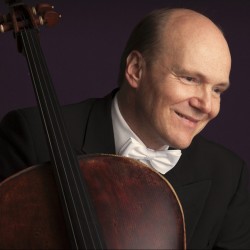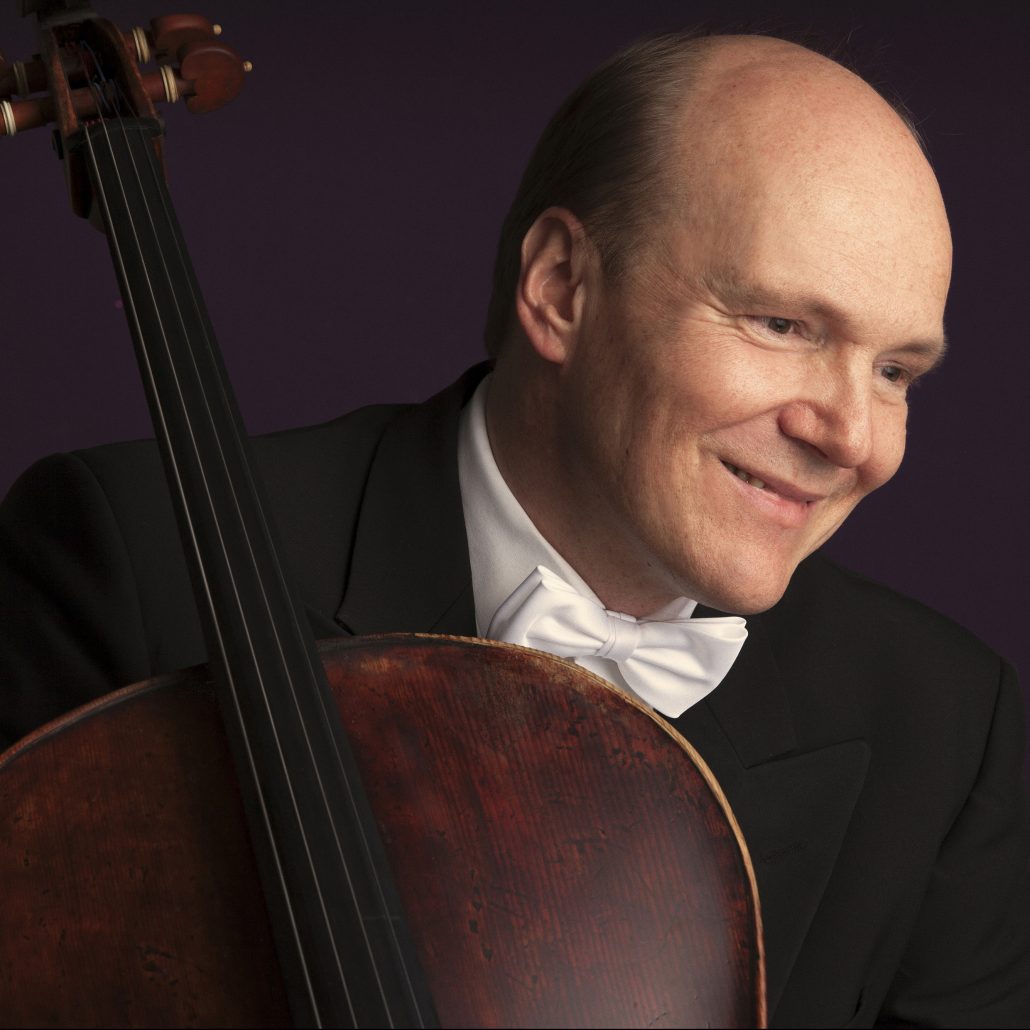 United Kingdom Sibelius, Salonen, Bartók: Truls Mørk (cello), Philharmonia Orchestra / Esa-Pekka Salonen (conductor) with Ella Wahlström (sound designer). Royal Festival Hall, London, 24.2.2019. (CC)
United Kingdom Sibelius, Salonen, Bartók: Truls Mørk (cello), Philharmonia Orchestra / Esa-Pekka Salonen (conductor) with Ella Wahlström (sound designer). Royal Festival Hall, London, 24.2.2019. (CC)

Sibelius – The Oceanides, Op.73
Salonen – Cello Concerto (2016)
Bartók – Concerto for Orchestra (1943, rev. 1945)
This beautifully sculpted programme began with a rare outing for Sibelius’s The Oceanides. Sibelius’s title refers to ocean nymphs, and we hear them at play in the woodwind (principally the flutes); it is typical of Salonen that he brought our attention first to the creeping violin counterpoint that sets the scene. Naturally paced, the piece seemed to follow the trajectory of a single wave, surging towards a beautiful climax brought about through the massed string choir. The brass, as so often with this composer, were grand and noble in their contributions. Salonen’s ability to inject a feeling of rightness, as if his is the only way with this music, marked this as a special performance, more elemental than, say Segerstam (in his Helsinki/Ondine recording).
Esa-Pekka Salonen’s own Cello Concerto (2016) received a fabulous performance by Yo-Yo Ma and the New York Philharmonic under Alan Gilbert in April 2017 at the Barbican (review). There, it had the original soloist, but it had been Salonen at the helm at the Chicago premiere that year. Now at the Southbank, we had the composer but another soloist, the always impressive Truls Mørk, whose technique, like Ma’s, seems to know no bounds. Salonen enabled the opening of the first movement to sparkle, with more ostinato audible than with Gilbert, I seem to remember, and with a real feeling of the solo cello emerging from the orchestral texture. Mørk was more febrile than Ma, with Salonen bringing unspeakable beauty to textures, the celesta (Alison Procter) crowning the sounds like silver tinsel. The slow movement achieved real repose, and it is here that the electronica comes in; a seven-channel surround system that loops the solo cellist’s sound across and around the hall. One thinks of Stockhausen’s ideal of taking a sound and being able to place it, with the utmost precision, over any audience member’s head; Salonen in this technique similarly celebrates a freeing of the spatial element. The cellist’s keening gestures, haunting and beautiful, move and reverberate around the hall, enclosing the audience, Ella Wahlström’s ‘sound design’ beautifully judged. The finale brings a foregrounding of bongos (2 bongos, 2 congas, 2 mini congas placed at the front of the orchestra). Here Salonen’s exuberance flies, virtuosity of prime importance (including a stunningly high cello passage that encroaches into upper violin territory). A remarkable performance, full of energy from first to last.
More familiar territory followed the interval in the shape of Bartók’s Concerto for Orchestra This was a wide-ranging account beginning with exquisite shaping from the lower strings, the upper strings at their entry pregnant with tension. Only the trumpets, at first, sounded uncharacteristically tired. The perfectly judged accelerando to the Allegro vivace was incredibly tight, and a special mention should be made of clarinettist Mark van de Wiel’s contributions to this first movement. The famous Giuoco delle coppie (Dance of the Couples) began with side-drum, as far as I could tell from my seat, unconducted. The triumph here, though, was the brass en masse in their chorale (the lower stratum beautifully creamy).
The evening’s programming made especial sense in the Elegia third movement, which took on a positively Sibelian expansion, the climaxes finely calibrated, the piccolo blanched, while beautifully warm oboe solos graced the Intermezzo before the hyper-gestural trombone raspberry. There was no gap before the finale, where gear changes were perfectly calibrated and the movement moved towards a final wall of brass.
A fascinating evening.
Colin Clarke
